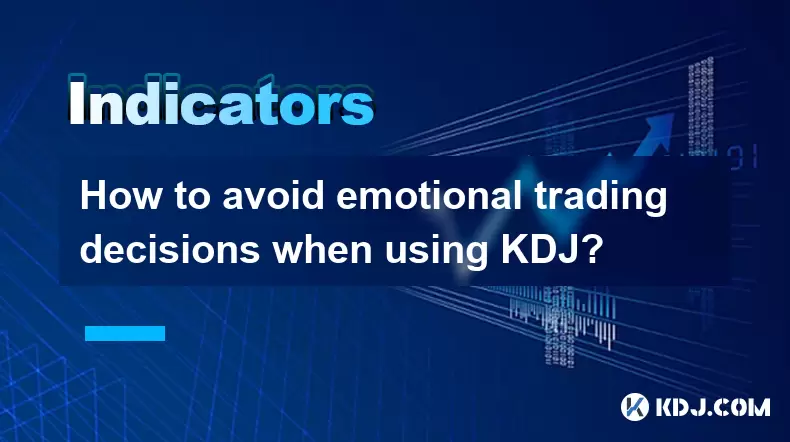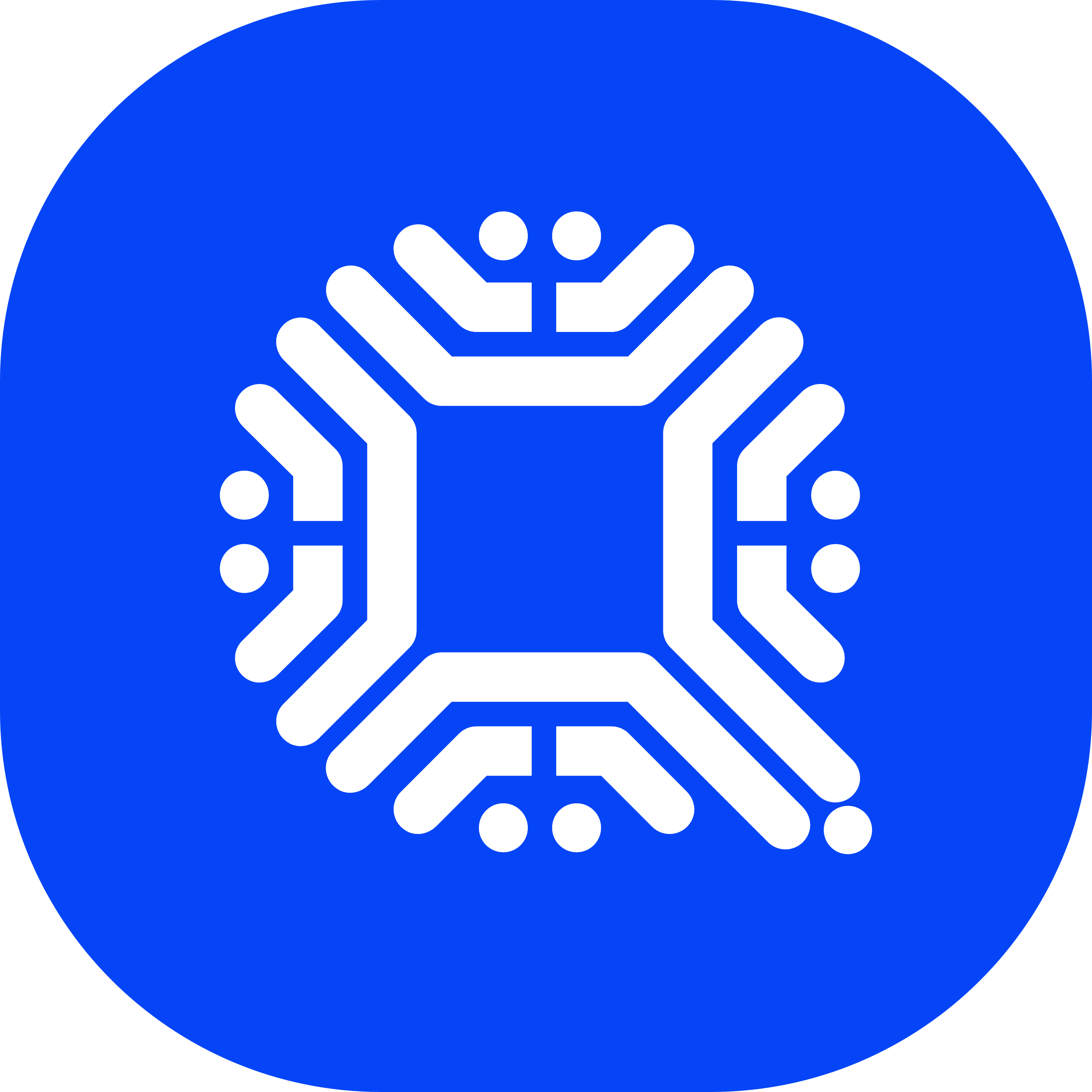-
 Bitcoin
Bitcoin $114500
-0.53% -
 Ethereum
Ethereum $4905
3.42% -
 XRP
XRP $3.055
1.11% -
 Tether USDt
Tether USDt $0.9999
0.03% -
 BNB
BNB $874.9
-0.60% -
 Solana
Solana $209.2
2.85% -
 USDC
USDC $0.0000
0.01% -
 Dogecoin
Dogecoin $0.2362
-0.28% -
 TRON
TRON $0.3675
1.49% -
 Cardano
Cardano $0.9230
1.39% -
 Chainlink
Chainlink $26.08
0.09% -
 Hyperliquid
Hyperliquid $45.28
2.07% -
 Sui
Sui $3.715
0.54% -
 Stellar
Stellar $0.4131
0.16% -
 Ethena USDe
Ethena USDe $1.000
0.00% -
 Bitcoin Cash
Bitcoin Cash $598.0
1.69% -
 Avalanche
Avalanche $26.05
1.33% -
 Hedera
Hedera $0.2515
0.78% -
 Litecoin
Litecoin $121.6
0.32% -
 UNUS SED LEO
UNUS SED LEO $9.466
-1.42% -
 Toncoin
Toncoin $3.369
0.06% -
 Shiba Inu
Shiba Inu $0.00001310
-0.64% -
 Uniswap
Uniswap $11.25
-0.38% -
 Polkadot
Polkadot $4.147
-0.03% -
 Cronos
Cronos $0.1608
3.28% -
 Aave
Aave $353.9
-0.89% -
 Bitget Token
Bitget Token $4.715
0.32% -
 Dai
Dai $1.000
0.01% -
 Monero
Monero $284.2
7.83% -
 Ethena
Ethena $0.7103
-4.15%
How to avoid emotional trading decisions when using KDJ?
The KDJ indicator helps spot overbought/oversold levels in crypto, but traders should confirm signals with volume, trend, and multi-timeframe analysis to avoid emotional decisions.
Aug 13, 2025 at 11:35 am

Understanding the KDJ Indicator and Its Components
The KDJ indicator is a momentum oscillator widely used in cryptocurrency trading to identify overbought and oversold conditions. It consists of three lines: %K, %D, and %J. The %K line is the fastest, reflecting the current price momentum based on a specific period, typically 9 candles. The %D line is a moving average of %K, usually smoothed over 3 periods, making it less volatile. The %J line is derived from the formula 3×%K – 2×%D and is the most sensitive, often used to detect early trend reversals.
Traders often misinterpret the signals due to emotional reactions when %K crosses %D or when %J exceeds 100 or drops below 0. To avoid this, it’s crucial to understand that crosses and extreme values do not guarantee immediate price reversals. Instead, they should be seen as alerts to investigate further using volume, trend structure, or support/resistance levels. Emotional trading occurs when traders act impulsively on a single signal without confirmation, leading to losses.
Setting Clear Entry and Exit Rules Before Trading
One of the most effective ways to prevent emotional decisions is to establish predefined trading rules based on KDJ behavior. For instance, a trader might define a long entry only when %K crosses above %D in the oversold zone (below 20) and the price is above a key moving average. Conversely, a short signal could require %K crossing below %D in the overbought zone (above 80) with bearish candlestick patterns.
These rules should be written and tested in a demo environment before live application. Include specific conditions such as:
- Minimum volume thresholds to confirm signal validity
- Alignment with higher time frame trends
- Presence of support or resistance levels near the signal point
- Confirmation from a secondary indicator like RSI or MACD
By codifying these conditions, traders remove the need for real-time judgment under pressure, reducing the temptation to act on fear or greed when the KDJ gives a tempting but unconfirmed signal.
Using Multiple Time Frame Analysis to Confirm Signals
Relying solely on a single time frame increases the risk of false signals and emotional reactions. To mitigate this, apply multi-timeframe confirmation. For example, if the 1-hour chart shows a KDJ buy signal, check the 4-hour chart to see if the %K and %D are also emerging from oversold territory or forming a bullish crossover.
This layered approach ensures that trades align with broader momentum. Steps to implement this:
- Identify the primary trend on the 4-hour or daily chart
- Switch to the 1-hour or 15-minute chart to time entries
- Only act when KDJ signals on both time frames support the same direction
- Avoid entering if the higher timeframe shows overbought/oversold conditions conflicting with the lower timeframe signal
This method reduces impulsive entries triggered by short-term KDJ fluctuations that contradict the dominant trend.
Implementing Risk Management with KDJ-Based Position Sizing
Emotional trading often stems from improper position sizing. When using KDJ, integrate risk parameters directly tied to indicator conditions. For example, allocate a larger position size when:
- The KDJ crossover occurs at extreme levels (below 10 or above 90 for %J)
- The crossover aligns with a key Fibonacci retracement level
- Volume expands significantly at the signal point
Conversely, reduce position size when:
- The KDJ signal appears in a neutral zone (between 30 and 70)
- The market is choppy or range-bound
- There is divergence between price and KDJ but no crossover yet
Set stop-loss orders based on recent swing points, not arbitrary percentages. For instance, place a stop-loss just below the recent low if entering long after a KDJ oversold bounce. This ensures that the trade setup respects both technical structure and indicator timing.
Backtesting KDJ Strategies to Build Confidence
Emotional decisions arise from uncertainty. Backtesting your KDJ strategy on historical cryptocurrency price data builds confidence in its reliability. Use trading platforms like TradingView or Python libraries such as pandas and ta to automate the process.
Steps for effective backtesting:
- Collect historical OHLCV data for a cryptocurrency pair (e.g., BTC/USDT)
- Calculate KDJ values using the standard formula:
%K = (Current Close – Lowest Low) / (Highest High – Lowest Low) × 100
%D = 3-period SMA of %K
%J = 3×%K – 2×%D - Define entry and exit rules programmatically
- Run the strategy over at least 6 months of data
- Analyze win rate, risk-reward ratio, and maximum drawdown
Review losing trades to identify whether emotional tendencies (like exiting early or adding to losers) would have worsened results. This objective analysis reinforces discipline.
Using Alerts to Avoid Real-Time Emotional Triggers
Monitoring charts constantly can lead to overreaction. Instead, set up automated alerts for KDJ conditions. On platforms like Binance or Bybit, create alerts when:
- %K crosses above %D below level 20
- %J exceeds 100 or drops below 0
- %D exits oversold (crosses above 20) or overbought (crosses below 80)
When an alert triggers, follow a checklist:
- Verify the signal on multiple time frames
- Check for news or macro events affecting the asset
- Confirm volume and candlestick patterns
- Execute only if all predefined criteria are met
This delay between signal and action prevents impulsive clicks driven by FOMO or panic.
Frequently Asked Questions
Can KDJ be used effectively in sideways crypto markets?
Yes, KDJ performs well in ranging markets because it highlights overbought and oversold levels clearly. In such conditions, look for short positions when %K and %D rise above 80 and long positions when they fall below 20. Avoid trend-following strategies here; instead, trade reversals at range boundaries confirmed by KDJ crossovers.
How do I adjust KDJ settings for different crypto assets?
Standard settings (9,3,3) work for most cases, but highly volatile coins like meme tokens may require smoothing. Try increasing the %K period to 14 or adjusting the smoothing factor for %D to 5. Always backtest changes. Never optimize for past data alone—ensure the settings make logical sense for the asset’s volatility profile.
What should I do if KDJ gives a signal but price doesn’t move as expected?
Wait for confirmation. A KDJ crossover without price follow-through suggests weak momentum. Do not average down or rush to exit. Monitor for divergence: if price makes a new high but KDJ doesn’t, it may indicate weakening strength. Reassess the trade only after new data arrives.
Is KDJ reliable during high-impact news events in crypto?
KDJ can generate false signals during sudden news-driven volatility. Avoid taking new trades based solely on KDJ during major announcements like Fed decisions or exchange outages. Wait for the market to stabilize and the indicator to settle before acting. Use volatility filters, such as Bollinger Band width, to detect such conditions.
Disclaimer:info@kdj.com
The information provided is not trading advice. kdj.com does not assume any responsibility for any investments made based on the information provided in this article. Cryptocurrencies are highly volatile and it is highly recommended that you invest with caution after thorough research!
If you believe that the content used on this website infringes your copyright, please contact us immediately (info@kdj.com) and we will delete it promptly.
- Crypto Presales, Super Apps, and Market Dominance: What's Hot in 2025?
- 2025-08-25 00:45:12
- Viral Coin Alert: Can Little Pepe Outperform Crypto Giants?
- 2025-08-25 01:25:12
- Dogecoin Price Jump: Will the Meme Dream Live Again?
- 2025-08-25 01:25:12
- Layer Brett Presale: Why BNB Holders Are Piling In
- 2025-08-25 00:45:12
- WLFI Token, DeFi, and Trump Hype: A New York Minute on Crypto's Wild Ride
- 2025-08-25 01:45:12
- Ripple, XRP, and RLUSD: A New Era for Digital Assets in the Big Apple
- 2025-08-25 01:05:12
Related knowledge

What does it mean when the +DI and -DI cross frequently in the DMI indicator but the ADX is flattening?
Aug 11,2025 at 03:15am
Understanding the DMI Indicator ComponentsThe Directional Movement Index (DMI) is a technical analysis tool composed of three lines: the +DI (Positive...

What does the sudden appearance of a "dark cloud cover" candlestick pattern during an uptrend indicate?
Aug 13,2025 at 11:35am
Understanding the 'Dark Cloud Cover' Candlestick PatternThe dark cloud cover is a bearish reversal pattern in technical analysis that typically appear...

What does it mean when the moving average, MACD, and RSI all send buy signals simultaneously?
Aug 11,2025 at 01:42pm
Understanding the Convergence of Technical IndicatorsWhen the moving average, MACD, and RSI all generate buy signals at the same time, traders interpr...

What does it mean when both the KDJ indicator and the RSI show overbought signals simultaneously?
Aug 13,2025 at 11:35am
Understanding the KDJ Indicator in Cryptocurrency TradingThe KDJ indicator is a momentum oscillator derived from the Stochastic Oscillator, widely use...

What does it mean when the price is trading above the SAR indicator but the red dots are densely packed?
Aug 09,2025 at 11:49pm
Understanding the SAR Indicator and Its Visual SignalsThe SAR (Parabolic Stop and Reverse) indicator is a technical analysis tool used primarily to de...

What does it mean when the candlestick chart forms a "Morning Star" but trading volume is sluggish?
Aug 12,2025 at 06:28pm
Understanding the Morning Star Candlestick PatternThe Morning Star is a three-candle bullish reversal pattern commonly observed in cryptocurrency pric...

What does it mean when the +DI and -DI cross frequently in the DMI indicator but the ADX is flattening?
Aug 11,2025 at 03:15am
Understanding the DMI Indicator ComponentsThe Directional Movement Index (DMI) is a technical analysis tool composed of three lines: the +DI (Positive...

What does the sudden appearance of a "dark cloud cover" candlestick pattern during an uptrend indicate?
Aug 13,2025 at 11:35am
Understanding the 'Dark Cloud Cover' Candlestick PatternThe dark cloud cover is a bearish reversal pattern in technical analysis that typically appear...

What does it mean when the moving average, MACD, and RSI all send buy signals simultaneously?
Aug 11,2025 at 01:42pm
Understanding the Convergence of Technical IndicatorsWhen the moving average, MACD, and RSI all generate buy signals at the same time, traders interpr...

What does it mean when both the KDJ indicator and the RSI show overbought signals simultaneously?
Aug 13,2025 at 11:35am
Understanding the KDJ Indicator in Cryptocurrency TradingThe KDJ indicator is a momentum oscillator derived from the Stochastic Oscillator, widely use...

What does it mean when the price is trading above the SAR indicator but the red dots are densely packed?
Aug 09,2025 at 11:49pm
Understanding the SAR Indicator and Its Visual SignalsThe SAR (Parabolic Stop and Reverse) indicator is a technical analysis tool used primarily to de...

What does it mean when the candlestick chart forms a "Morning Star" but trading volume is sluggish?
Aug 12,2025 at 06:28pm
Understanding the Morning Star Candlestick PatternThe Morning Star is a three-candle bullish reversal pattern commonly observed in cryptocurrency pric...
See all articles

























































































